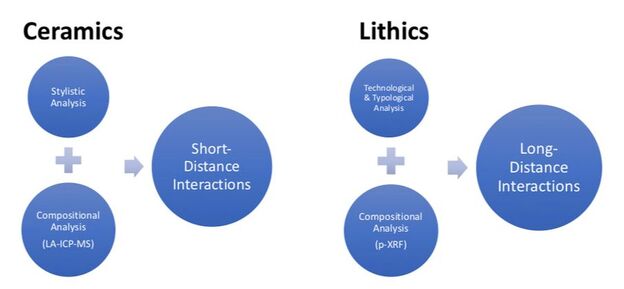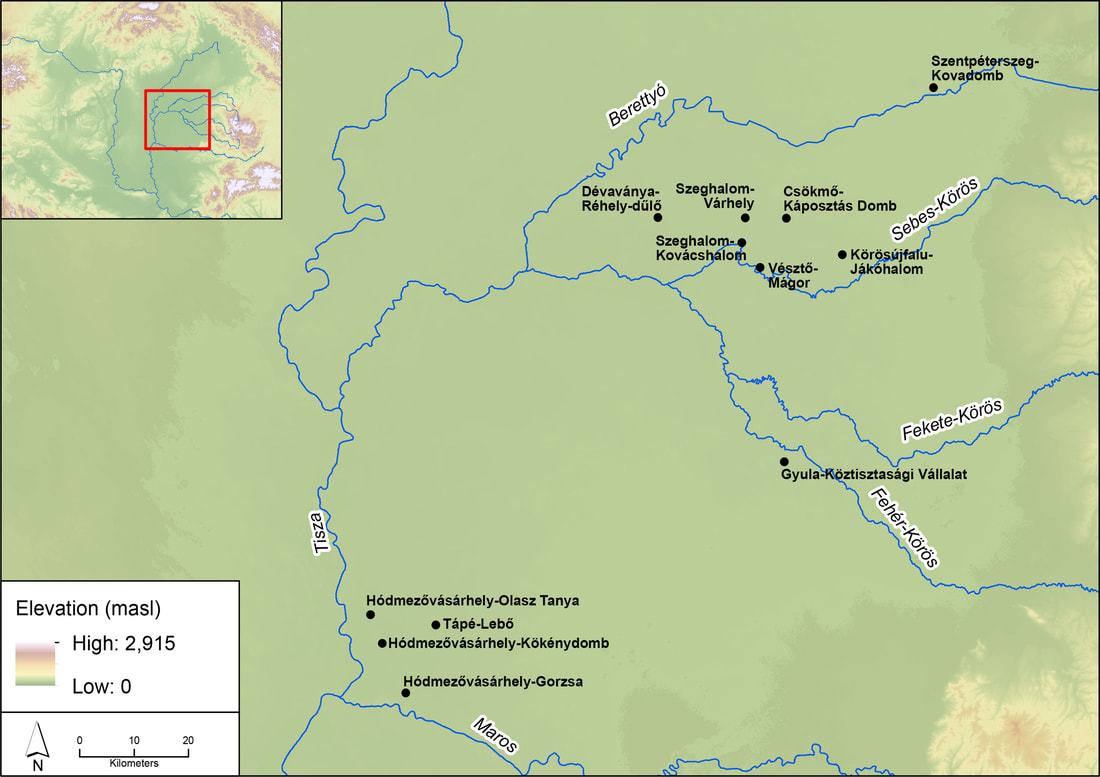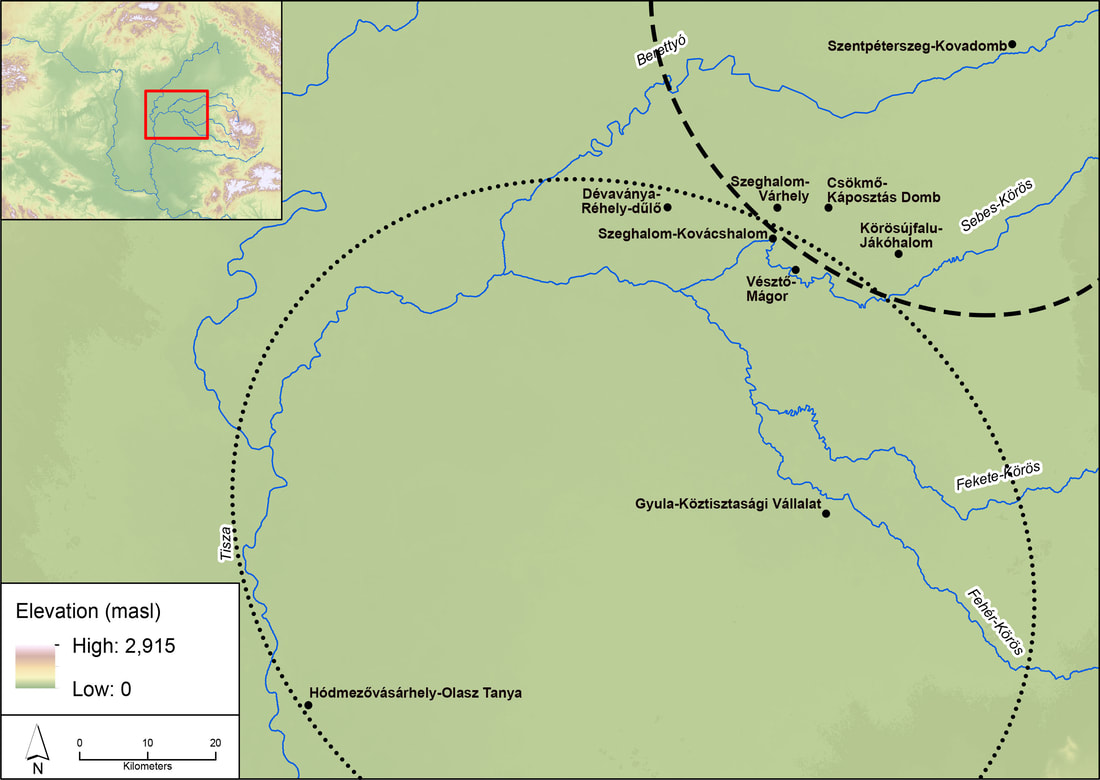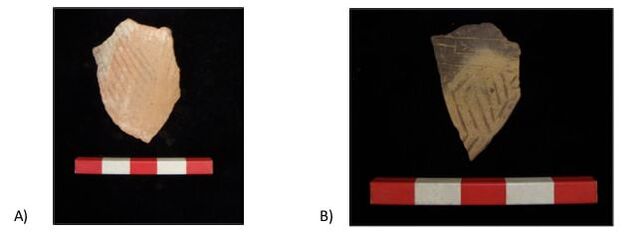The Dissertation Work
Boundaries exist because people interact. These interactions become embedded in the material culture, like pottery, stone tools, and even houses that people build. From the moment that the materials are created up until the point when they are discarded, people use items to create, reinforce, and challenge socio-cultural boundaries.
PIPP was launched in 2013, when Dr. Danielle Riebe set out to transform how socio-cultural boundaries are defined in archaeological contexts. In her dissertation research, she reconstructed multi-scalar interactions by studying two types of materials (ceramics and lithics) with a suite of analytical techniques (stylistic, typological, technological, compositional; see Figure 1). The project focused specifically on the Late Neolithic period of the Great Hungarian Plain (ca. 5,000-4,500 BCE) which offered an unparalleled opportunity to investigate this matter.
PIPP was launched in 2013, when Dr. Danielle Riebe set out to transform how socio-cultural boundaries are defined in archaeological contexts. In her dissertation research, she reconstructed multi-scalar interactions by studying two types of materials (ceramics and lithics) with a suite of analytical techniques (stylistic, typological, technological, compositional; see Figure 1). The project focused specifically on the Late Neolithic period of the Great Hungarian Plain (ca. 5,000-4,500 BCE) which offered an unparalleled opportunity to investigate this matter.
Extensive and intensive archaeological projects in the region have produced a significant amount of prehistoric archaeological material and scholarly publications for Riebe to study. Three major Late Neolithic archaeological cultural units have been identified in the region: the Csőszhalom, Herpály, and Tisza. As a starting point, Riebe focused on reconstructing interactions between the latter two cultural units (Herpály and Tisza).
Based on the analyses conducted on material culture from 12 Late Neolithic sites across the Great Hungarian Plain (see Figure 2), Riebe successfully modeled an actively enforced socio-cultural boundary in the region for the period (see Figure 3). These results moved beyond ceramic stylistic analysis that has been used traditionally to classify and delineate archaeological units, and instead harnessed multiple lines of evidence to model the presence of a boundary (see Figure 4).
By focusing on the reconstruction of interactions, this early phase of PIPP reframed the past inhabitants of the Plain as active participants in the creation and alteration of a strongly enforced socio-cultural boundary. The work completed as part of Riebe's dissertation research laid the foundations for future archaeological investigations into interactions, boundaries, and archaeological cultural units in southeastern Hungary.




